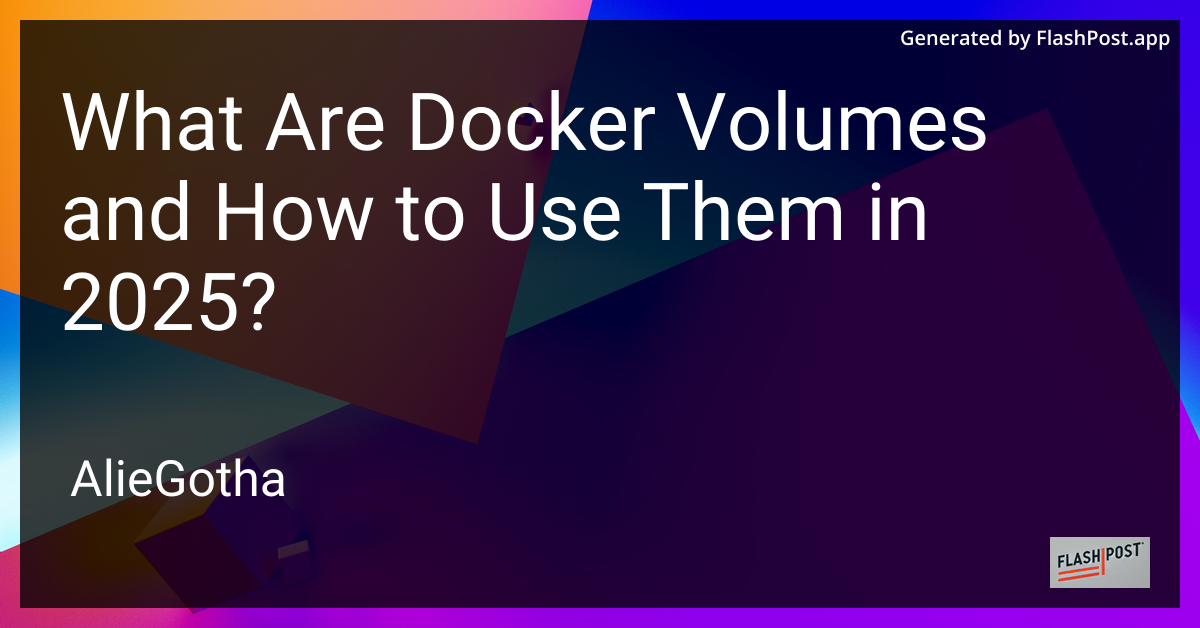

How to Troubleshoot Kubectl Connection Issues in 2025?
In the world of Kubernetes, kubectl serves as a critical command-line tool for administering Kubernetes clusters. However, encountering connection issues with kubectl can halt your workflow. This guide will provide you with effective troubleshooting steps to resolve kubectl connection problems in 2025.
Common Connection Issues with kubectl
There are various reasons why kubectl might face connection issues. Here are some common culprits:
-
Misconfigured Kubeconfig File: The kubeconfig file holds the configuration required to connect to the Kubernetes cluster. An incorrect configuration can lead to connection failures.
-
Network Connectivity Problems: Network issues such as DNS resolution problems, firewall restrictions, or closed ports can affect communication.
-
Cluster Authentication Errors: Invalid or expired authentication credentials can prevent access to the cluster.
-
Outdated or Incompatible kubectl version: Using a version of
kubectlthat is not compatible with your cluster’s API version can lead to connection problems.
Step-by-Step Troubleshooting Guide
Follow these steps to diagnose and fix kubectl connection issues:
1. Verify Kubeconfig File
Ensure your kubeconfig file is configured correctly:
-
Check File Path: Make sure
kubectlis pointing to the right kubeconfig file. You can specify the path using the--kubeconfigflag:kubectl --kubeconfig=/path/to/your/kubeconfig file get nodes -
Validate Configurations: Use the
kubectl config viewcommand to review your current configuration. Look for any syntax errors or misconfigured settings.
2. Test Network Connectivity
-
Ping Cluster API Server: Use
pingorcurlto see if the Kubernetes API server is reachable.curl -k https://api-server-endpoint -
Check DNS Resolution: Ensure that the domain names are resolving correctly. Use tools like
nslookupordig.
3. Authenticate Properly
Verify your authentication credentials are valid:
-
Renew Expired Tokens: If you’re using token-based authentication, check if the token has expired and renew it as necessary.
-
Certificate Issues: Ensure that SSL certificates are valid and correctly configured.
4. Update kubectl
Ensure you are using the correct kubectl version:
-
Check Version Compatibility: Verify that your
kubectlversion is compatible with the Kubernetes cluster version.kubectl version --client -
Upgrade as Needed: If outdated, update kubectl to the latest stable version to avoid compatibility issues.
5. Investigate Logs and Messages
-
Check Error Messages: Carefully read any error messages displayed when running
kubectlcommands. -
Examine Logs: Look into both client-side logs and server-side logs for more insight into the issue.
6. Firewall and Security Groups
-
Review Firewall Settings: Ensure that the firewall or security groups allow traffic to and from the cluster’s API server on the right port (default 6443).
-
Examine VPN Configuration: If accessing the cluster over a VPN, check VPN connectivity and configuration.
Conclusion
By systematically addressing each of these potential issues, you can resolve kubectl connection problems and ensure smooth operation with your Kubernetes clusters. Remember, maintaining configuration and compatibility between your tools and cluster is key to minimizing these issues.
For more information on installing kubectl, particularly in PowerShell environments, we suggest visiting this comprehensive guide.
By following the steps outlined in this article, you can sidestep potential pitfalls and keep your Kubernetes environments running smoothly.
This Markdown article is structured to be SEO-optimized with relevant headings, keywords, and step-by-step instructions to address the specific user query while seamlessly integrating the external link into the content.